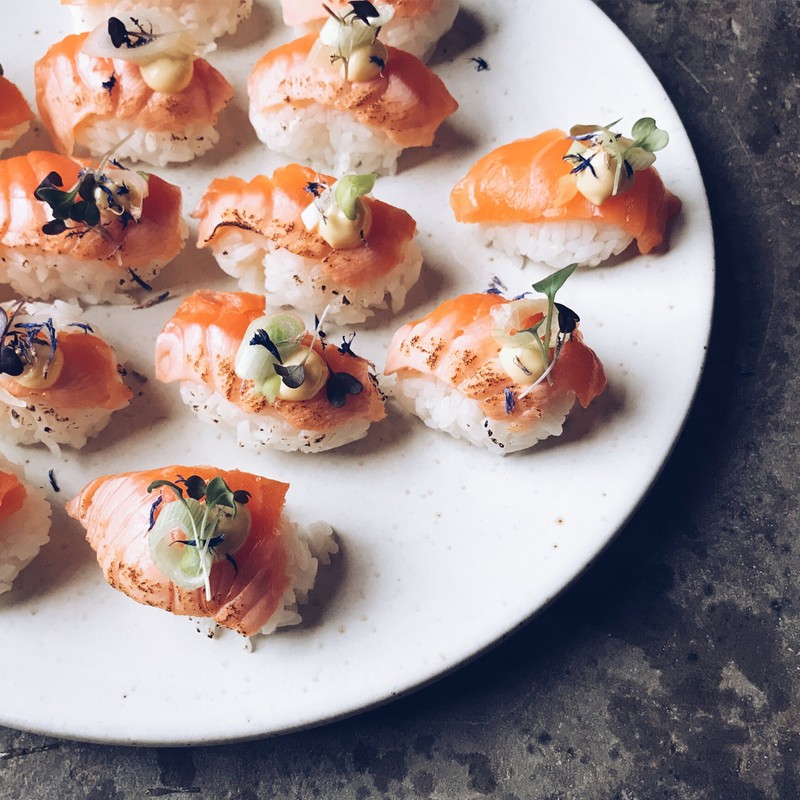Home Cooking Tips From Catering Pro Georgia Doherty
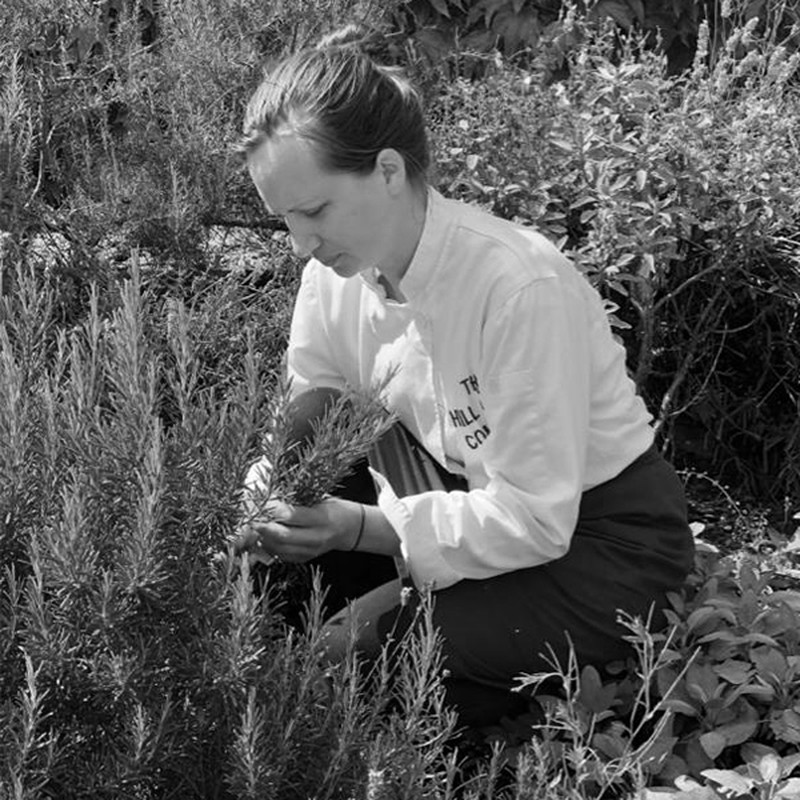
Tell us, how did you get into food?
I’ve always loved cooking and learned most of what I know by hanging out in the kitchen and just watching. My father was a terrible cook, so when we went to his house every other weekend, I had the kitchen all to myself to experiment in. After university I went to Leiths School of Food and Wine and learnt all the classic skills my childhood in the kitchen hadn't taught me. Catering is quite a tough industry – the hours are long and it’s not very glamorous. But I was soon working with an amazing team of chefs and people who were as excited as I was about vegetables or fish.
How would you describe your own cooking style?
The food we make is ingredient-led and determined by the seasons. The better the ingredients you start with, the better the final result and the steps in between don’t need to be complicated. Our food is always colourful and full of flavour: the combinations aren’t always traditional, but the approach is always the same.
What are your top tips for easy mid-week suppers?
We work a lot of evenings at events but keeping the team well fed is really important. Our staff lunches have to be easy and quick and often involve odd combinations of leftover ingredients in our fridge. A bit of prep can really help make everyday meals easier. We always have ginger and garlic paste in the fridge, and there’s usually a curry paste on the go – these are also things you can keep in the freezer in ice cube trays at home. A quick dahl or coconut-based curry with lots of vegetables and fresh herbs, yoghurt and rice or noodles is an easy, filling and speedy meal.
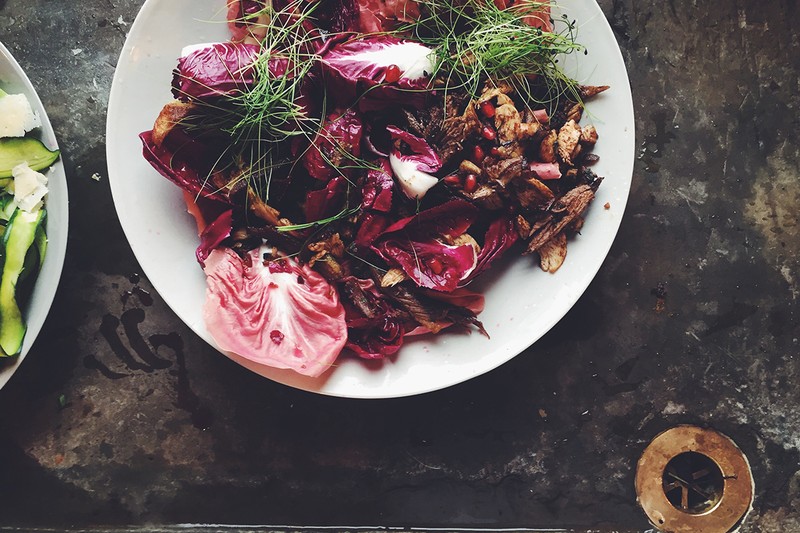
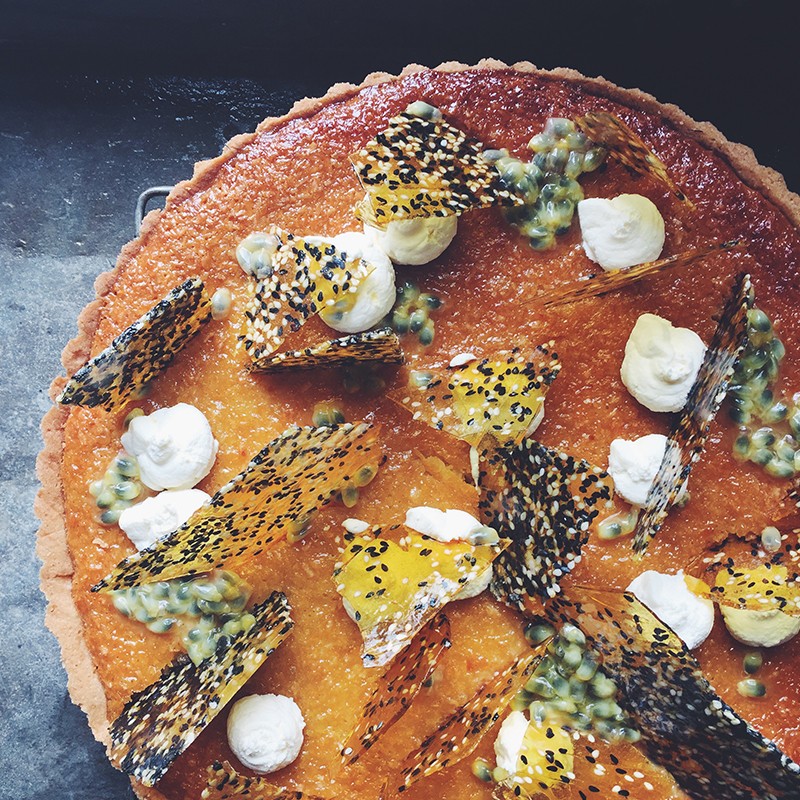
Are there any store cupboard essentials you think people don’t know about?
Black rice – it’s really good for you and utterly delicious. Try dressing it in sesame oil and serve it with pretty much anything. Check out Laoganma black bean and chilli sauce, too. It’s made with fermented umami rich black soya beans – it’s like crack. We go through several jars a week just on team lunches, let alone in our food for events.
In your view, what are the most underrated meat, fish and vegetables?
When it comes to vegetables, I’d have to say kohlrabi, leeks, all the cabbages and runner beans. As for fish, line-caught mackerel is sustainable and as delicious as it is good for you. For meat, it’s got to be pigeon.
Is there a way to make easy, vegan dishes?
Asian ingredients are a great place to start when it comes to cooking vegan, as dairy isn’t so integral. At home, we don’t tend to eat a lot of meat so a simple supper of seasonal vegetables tossed in miso, grated ginger, garlic and sesame oil, roasted till golden and sticky then piled on top of a bowl of sushi rice with plenty of pickled ginger and a fermented hot sauce. It’s a great way to use things up and is the quickest of suppers.
In your view, what makes the perfect salad?
Start with great salad leaves. In the depths of winter, it doesn’t get much more colourful than a feast of Italian bitter leaves, chicory, treviso and pale pink radicchio, dressed in really good olive oil, salt and lots of blood orange and clementine juice. Then, when summer rolls along, you can’t beat a classic green salad. Thomas Keller – founder of acclaimed US restaurant The French Laundry – makes a butter lettuce salad with a light shallot dressing where he rebuilds the shape of the lettuce in the bowl once the salad is dressed. I think about it all the time.
Do you have a favourite homemade soup?
It changes throughout the year, but a really good ham hock and pea soup, or watercress with an unreasonable amount of nutmeg and huge hunks of toasted sourdough and butter are two combinations which are difficult to beat.
We’re all trying to make our food healthier. Do you have any tips?
It’s simple really: go for natural colours and aim for balance.

What oils do you like to use when you’re cooking?
For cooking I like to use English cold-pressed rapeseed and a really good olive oil for dressing salads. We also use quite a lot of sesame and huge amounts of coconut oil in the kitchen, particularly for baking and cooking – especially in Asian food where the strong coconut flavour won’t overpower the dish.
Is there anything you think people get wrong or use too much of?
Using too many stock cubes has the strange effect of making everything taste exactly the same. The same goes for too much soy sauce, but ultimately, people fall down from a lack of confidence. This will improve over time if you try to feel, taste and sample food as you cook, rather than constantly relying on measurements and timings.
Can you recommend three good cookbooks everyone should have on their shelf?
This changes all the time, but right now I’m loving anything by Anna Jones – her books are perfect for eveday suppers and special dinners, alike. The recipes are incredibly thoughtful and well tested, too, and vegetarian. Secondly, any of Gill Meller’s books because the photography is beautiful and his food really celebrates the best home-grown ingredients. Finally, anything by Nigel Slater. His writing really feels like a love letter to food.
Asian food is delicious but seems tricky to do well yourself – do you have any tips?
My golden rule is try not to drown everything in soy sauce. Grated fresh ginger, lime juice, a squeeze of honey, some sesame oil and a dash of yuzu juice mixed together makes a wonderful dressing for raw vegetables, fish or noodles.
Is there a classic twist on a cooked breakfast you recommend?
Core and peel a few pears and toss in a little golden caster sugar and the scraped beans from half a vanilla pod. Roast in a moderate oven until they soften and begin to caramelise. Slice some sourdough into thick wedges and toast, slather with lots of ricotta cheese, spoon the pear mixture over the top, add sliced raw pear and then a dozen or so roasted and chopped hazelnuts. Drizzle with honey and a little fresh thyme. We get our honey from the Bermondsey Honey Company, which keeps hives on roof tops all over London. The bees feast on flowers and fauna from London parks and window boxes. It’s pretty special.
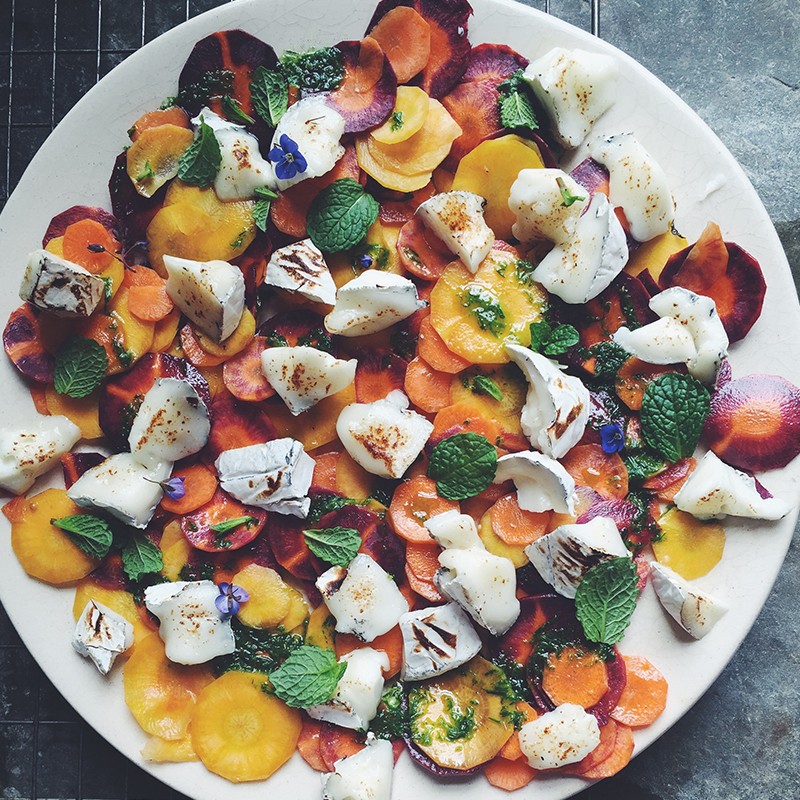
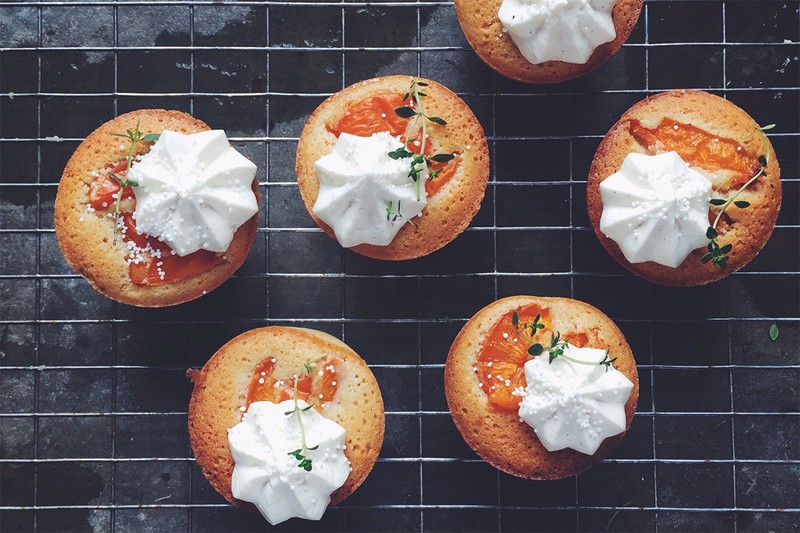
What are some of your top dinner party menus?
You can’t beat roast chicken and roast potatoes and we’ve recently tried to jazz it up a little by serving the chicken with a brioche strata – essentially a savoury bread pudding with lots of tarragon – roast potatoes topped with roasted apple and crispy mushrooms, and bowls of buttered sprout tops with nutmeg.
What are some of the best starters you can prepare in advance?
Sharing-style starters are great to prepare in advance and in the summer, we like to make a delicious English mezze board with dips and spreads. It’s a great option for weddings and parties, too. Homemade bread, pickles and preserves and some charcuterie from Cobble Lane in Islington. For plated options, you can’t beat burrata with bitter Italian leaves and blood orange, served with a confit garlic and bay focaccia. We love La Latteria, which makes burrata right here in London.
What are some of the simplest ideas for puddings that still have the wow factor?
Pavlovas are by far the most popular puddings. They’re easy to make ahead and assemble just before serving. You can make a big one or individual ones the day before, add softly whipped cream and sweeten with elderflower cordial, before finishing with a topping of your choice. At this time of year, it’s nice to use poached rhubarb or blood orange, and sometimes poached pears with salted caramel and chocolate sauce drizzled over the top. Just whip the egg white more than you think, so you have a nice stable meringue to work with.
Are you a fan of a cheese plate?
There is no better way to round off a meal, in my opinion, and cheese displays at big parties are usually the highlight of any event. I love European cheeses but I’m committed to sourcing as locally as possible and work with small cheese mongers all the time. British cheeses are now recognised as some of the best in the world. It’s tricky to narrow it down but a great cheese display should include some baron bigod from Suffolk, a really mature montgomery or Godminster cheddar, blue wensleydale or the slightly creamier cashel lue from Ireland, Bebrkswell, wigmore and maybe a dorstone or two. There are also some amazing cheeses now made in London – be sure to check out the Blackwood. Cheese Co.
Any advice on what to serve with cheese?
Each season, try preserving some of the best ingredients to use for the months ahead. Last September one of our lovely chefs gave us an enormous box of the most delicious figs and, once we’d eaten all we could, we crammed the rest into jars with a pickle syrup sweetened with honey and perfumed with allspice – amazing with both hard and soft cheeses. In October, we made quince cheese with fruit picked from a friend’s garden in Brixton. Soon, when the wild garlic comes up, we’ll be out picking buds to pickle. This way every cheese board is different.
Finally, do you have any tips for throwing really good party?
Full glasses and full tummies are key but, most importantly, a relaxed host. It’s hard to enjoy a party as a guest when the host is visibly stressed. Our aim is always to take the pressure off by running things smoothly behind the scenes – be that the kitchen team keeping the kitchen super tidy and organised, or the event manager looking after everyone’s needs.
Visit TheHillFoodCompany.com
DISCLAIMER: We endeavour to always credit the correct original source of every image we use. If you think a credit may be incorrect, please contact us at info@sheerluxe.com.
